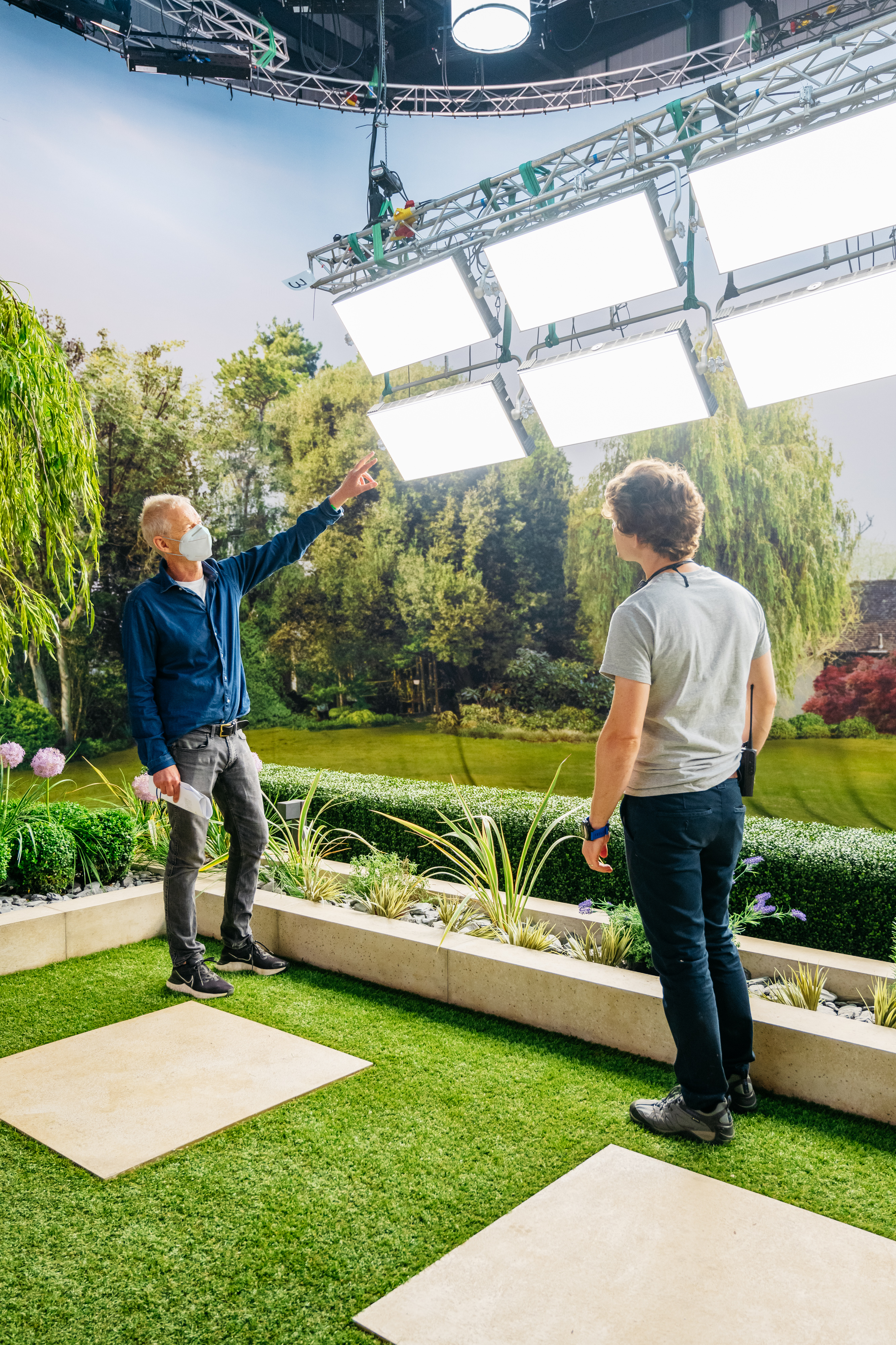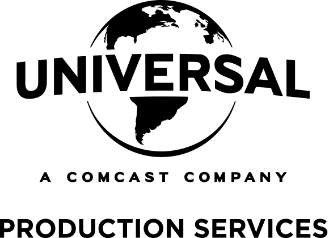Q&A with Karl Oskarsson IKS, one of the UK's leading Director's of Photography
Please describe your vision for the look of "Man vs. Bee".
Man vs. Bee S1 is a comedy / drama. It introduces a new Rowan Atkinson character in a 10 ep. Netflix show. Lighting was a key element for the character-driven narrative. Authentic visuals were needed to engage audiences of all age groups. My lighting approach was part naturalistic Nordic and part international comedy. Most of the story takes place in a big modern house with big windows. Director David Kerr and I spoke about various approaches. Our problem was we would shoot all interior house material first and then do the exteriors later. As we couldn't predict the weather, we settled for this softer type of sunlight for our interior scenes. Something we could create in our controlled studio environment and then shape our location daylight in to, using silks or harder light units later.
The Cineo LB800s gave us a good soft sun effect in the studio, rigged outside our set windows in blocks.
Did this production / vision present any special lighting, equipment or design challenges?
We built the interior house at the Redwing Stage in Bovingdon Airfield in Bovingdon. It was a big set that required lights that could all be easily controllable from a desk. Our story happens during day, night, dusk and we needed to be able to change fast from day to night.

We noticed a hefty amount of LED lights on your gear list - how does using this kind of technology aid in creating the environment you want?
After a few meetings with my Chief Lighting Technician Cullum Ross, we opted for using as much LED lighting as possible. We needed maximum fast control, going from a bright day to a dim night in a matter of minutes using a control desk. In the super busy atmosphere of early spring 2021, Cullum suggested the Cineo LB800s and the R15s. After considering options we contacted NBCUniversal. We pre-rigged 95% of our lights with total desk control. Our pre-light took two weeks.
How did you use the Reflex R15 and the LB800 that were incorporated into your studio build?
One of the LED lights of choice on the production was the R15 which proved to be a work horse on set. We had chosen it for the direct sun-effect coming in the big windows in our main set. However it proved not powerful enough for bigger shots but worked really well for smaller setups. As a softer source, combined with a closed silk umbrella (Briese style) the R15s were a big welcome surprise. A maneuverable big strong soft source. We had six of them. The speedy control you have with the R15 was really helping during a loaded hectic shooting day.
What is your history with LED lighting in production and what are some of your favorite tools?
This was the first time I opted for LED lights on a long form production. I have been using various LEDs on short form jobs, such as Litepanels, Skypanels etc. I used to be a big fan of Kino banks. The LED soft-banks and the earlier versions of Kino banks accommodate well for the Nordic soft light character I'm used to. The quality of Tungsten light, passing through the lens and being recorded on to the film emulsion, was fundamental in my earlier work. However I've found it quite easy to turn to LEDs.
Looking into your next projects, where do you see LED lighting technology continuing to support your work?
On my next project I'll pick my gear based on nature of the shoot. Opting for LED lights only, is likely. Choosing a specific LED light is like choosing a film stock. All those LED possibilities do feel different. You can decide to use particular lights for certain sets. The importance of LED lights is, you have more control as a DOP. Finer and more exact color choices, brightness choices etc. Things you placed in the hands of someone in the post process before.
LED light technology will only get better. Tungsten and HMI units are being replaced by LEDs. Hopefully units will get lighter and more powerful. It would be great to see a bi-color light similar to the R15 having the output of a 12 or 18Kw HMI. I'm a big fan of battery powered LED lights. Having a medium sized lightweight battery operated LED unit standing by up-close next to camera can be so useful.
How do sustainability & carbon offset requirements fit into your production planning?
Lower power consumption of LED fixtures is a blessing to the film industry. It's an industry that has to do better on all fronts.
When given the opportunity to choose your Production Services vendors, what are your primary deciding factors.
I guess it always comes down to price, service and trust. The personal factor is important. Cullum and production were on the forefront when it came to dealing with NBCUniversal. From a distance I felt everything went quite smooth on that front.
Did you have special requests that were (or were not) able to be fulfilled?
Last spring when we were deciding on the lighting package for our set there was a serious shortage of equipment. Cullum Ross our chief lighting technician had contacts into NBCUniversal. They were able to come up with a package that fitted our needs. The Cineo Quantum II and the LightBlade units were not available to us on Man vs Bee. I would love to try these out on my next project. They seem closer to the strength of Tungsten and HMI sources.
What was your experience like working with Universal Production Services UK?
I would recommend them to colleagues. We were adjusting our package while we were pre-lighting and long into our shooting. There was always a positive reliable feedback to our changes and requests. Cullum oversaw that from our side with production.
